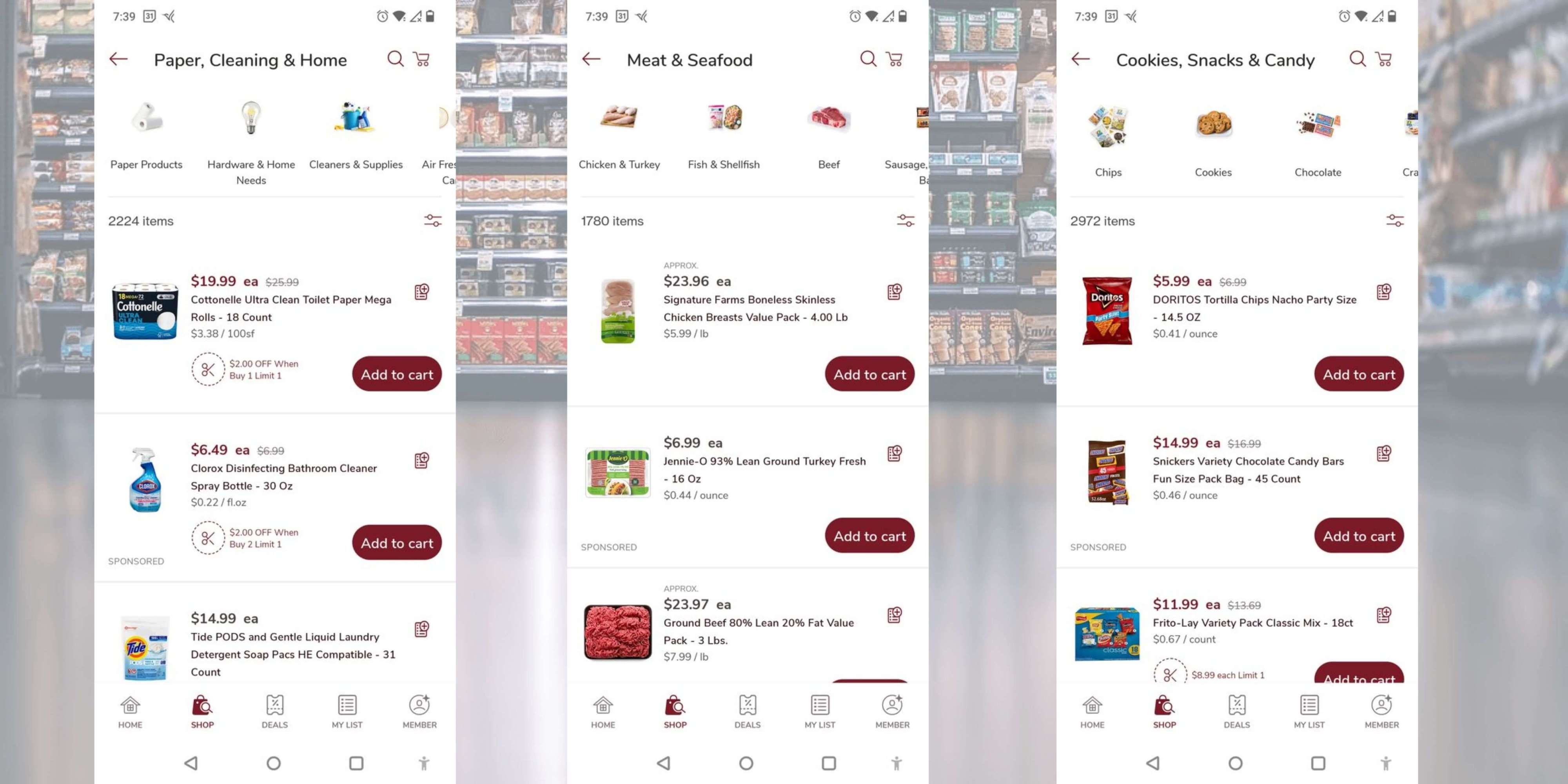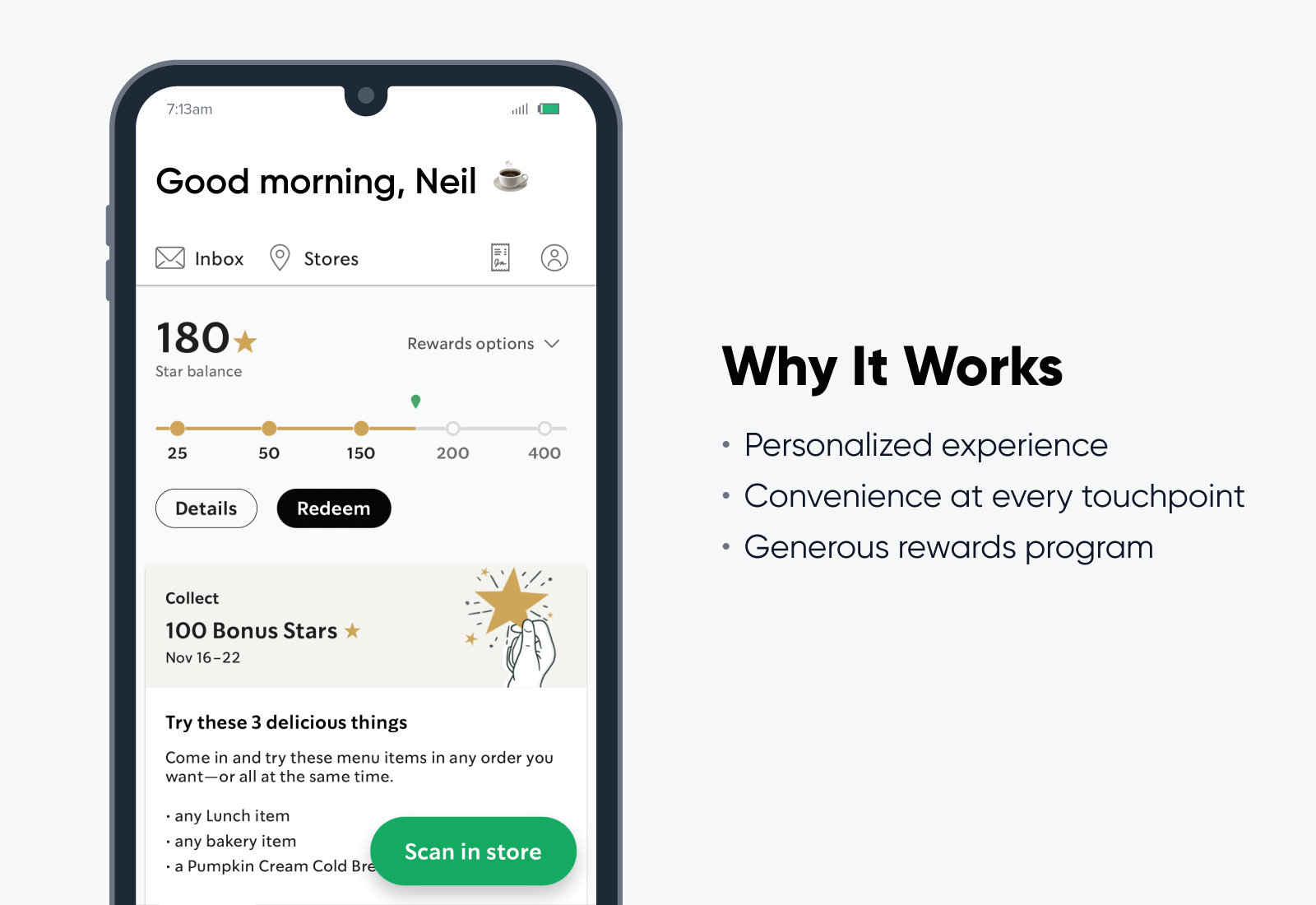In an era marked by the proliferation of online shopping apps, businesses that want to thrive need to understand key ecommerce metrics. One such pivotal metric is the average order value (AOV), a measure that can strongly influence the revenue trajectory of your ecommerce app.
AOV refers to the mean amount spent every time a customer places an order through an ecommerce platform or app. It’s computed by dividing the total revenue by the number of orders. This indicator provides insight into customer buying behavior as well as helping to predict sales trends.
A deeper understanding of AOV enables businesses to fine-tune their app development strategies. The aim is to encourage customers to add extra items—or more expensive ones—to their shopping carts, effectively increasing overall sales. Today, merely attracting customers isn’t enough. Ecommerce platforms need to boost the value derived from each transaction, making AOV analysis and improvement a necessity rather than merely an option.
Here, we’ll take a closer look at how to maximize the average order value on your ecommerce app.
Upselling and Cross-Selling
Masterfully applied upselling and cross-selling methods can drive a higher average order value. Upselling inspires customers to consider a superior, more expensive variant of a chosen item, while cross-selling introduces them to complementary items that enhance the main product’s value.

Safeway immediately tries recommending upsells with any general category search.
These strategies contribute to an enriched shopping experience, while subtly motivating customers to augment their purchase volume or value. Companies using these techniques can raise revenue by 10%–30% on average. Moreover, for some ecommerce businesses, upsells and cross-sells make up more than 70% of their revenue!*
Check out how the online marketplace Carousell used upselling and cross-category selling tactics to great success.
Loyalty Programs and Rewards Systems
Implementing loyalty programs and rewards systems in ecommerce apps can create a compelling value proposition for customers—and a surge in average order value. The premise is simple: offer incentives that make customers feel appreciated. In return, they’ll buy more and higher-value products.
Seventy-nine percent of consumers claim that loyalty programs make them more likely to continue supporting a brand. Furthermore, 66% modify the amount they spend to maximize the points earned via the rewards system. This underscores just how effective loyalty programs are in influencing shopping behavior and expanding average order value. Customers are likely to spend more when they know they’ll be rewarded—especially if those rewards align with their interests.
One shining example of an effective loyalty/reward program is Starbucks Rewards. Through Starbucks’ program, customers can earn “stars” with each purchase, and use those stars to redeem free products, top-ups, and other additional personalized rewards.
The loyalty program remains effective, despite an overhaul in its rewards system in early 2023. In fact, the company has reported that active members in the US increased to 30.8 million — even with the changes in effect.*

Starbucks Rewards works because it motivates users to keep buying to earn stars.
Bundled Discounts
Offering bundles of related items at a lower price than the cumulative cost of each item is a sure way to improve the average order value on your ecommerce app. Bundled deals add a layer of perceived value for customers, making the prospect of purchasing multiple items instantly more attractive.
This method nudges customers toward higher-value transactions, incrementally increasing revenue while enriching the buyer’s shopping experience. As such, bundling represents a win-win scenario for both app developers and consumers.
Shipping Discounts
Shipping costs may deter some customers from completing a purchase. By offering shipping discounts, your ecommerce business can transform this challenge into an opportunity to lift the average order value.
The tactic works by establishing a certain spending threshold, after which customers qualify for reduced or free shipping. For instance, a “free shipping on orders over $50” deal can motivate them to add more to their cart. It’s a psychologically compelling strategy that drives higher-value transactions by making customers feel they are obtaining a significant bargain.
Personalization and Recommendations
Personalized recommendations capitalize on customer data to suggest products that align with their preferences and shopping history. The result is a curated shopping experience that speaks directly to individual customer needs and tastes.
These tailored propositions inspire customers to discover additional items and add them to their cart, effectively driving up the AOV. Consequently, personalization not only escalates revenue but also fosters a deeper connection between the brand and its customers.
Many ecommerce apps — such as Amazon, to name a giant — offer personalized recommendations that depend on the user’s latest searches. This makes it easier for users to either continue where they left off or make additional and similar purchases.

Amazon personalizes their product recommendation based on your checkout items and purchase history.
Streamlined Checkout Process
Maximizing average order value in ecommerce apps relies heavily on a streamlined and intuitive checkout process. Here, a simplified checkout experience can significantly diminish cart abandonment rates.
A smooth journey from browsing to purchasing paves the way for larger transactions, directly enlarging the order value. In addition to improved revenue, this approach also optimizes customer satisfaction and the overall purchasing experience.
Retargeting and Abandoned Cart Recovery
Retargeting and abandoned cart recovery strategies are potent levers for raising average order values. Studies have found that retargeted customers are 3X more likely to engage with your brand’s ads and follow-ups than new customers.* This can be done through email, text, and social media marketing.
By re-engaging customers and giving them a friendly nudge about their forgotten cart, app developers can amplify conversion rates. This rekindled engagement often triggers completed transactions—along with a higher average order value.
Securing the Future: Elevating Average Order Value
Ecommerce apps employ multiple strategies to increase the average order value. Whether by implementing strategic upselling, cross-selling, tailored recommendations, or simplifying the checkout process, each tactic has a crucial role to play. At the same time, loyalty programs, product bundles, and shipping discounts serve as compelling motivators for customers to spend more. In addition, retargeting and abandoned cart recovery schemes ensure that opportunities are not lost.
By understanding and applying these approaches, ecommerce retailers can significantly boost their revenue, foster long-term customer loyalty, and achieve business growth. Remember, the key to success lies in identifying customer behavior and tailoring your methods to cater to their preferences and expectations.
Now, it’s time to put that knowledge into action. CleverTap offers a comprehensive suite of tools to help digital consumer brands improve customer retention and lifetime value. Sign up today for a live product demo of CleverTap and start transforming your ecommerce app performance!

Industry Benchmarks for Ecommerce Apps
Shivkumar M 
Head Product Launches, Adoption, & Evangelism.Expert in cross channel marketing strategies & platforms.
Free Customer Engagement Guides
Join our newsletter for actionable tips and proven strategies to grow your business and engage your customers.















































